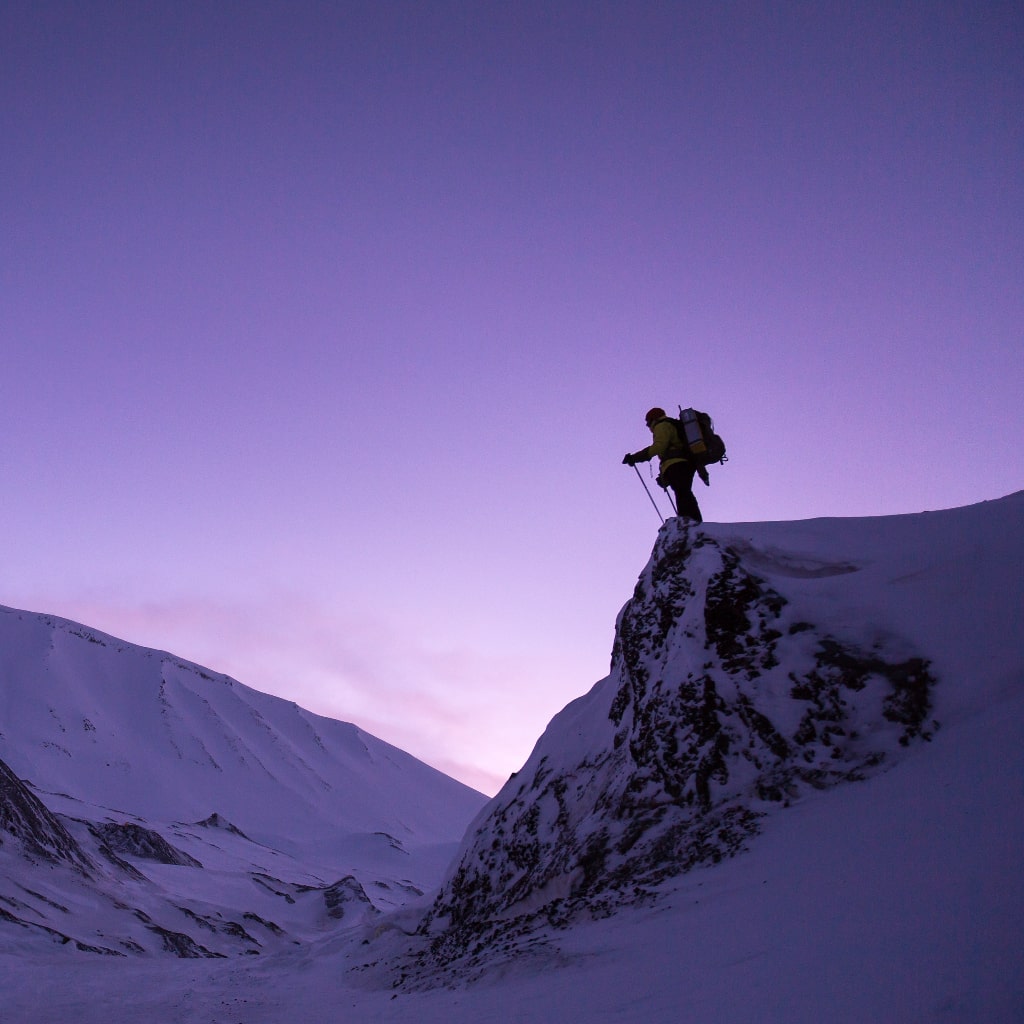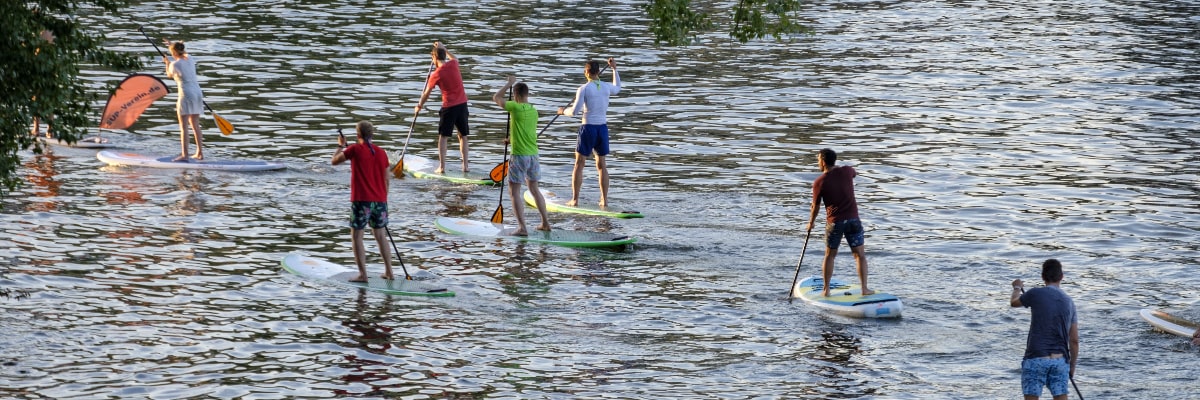Inspired for an Adventure? Check out Beef Stroganoff - Pouch and Beef Stew - Pouch
Free Ground Shipping On All Orders
Over 2,100 Reviews
Add description, images, menus and links to your mega menu
A column with no settings can be used as a spacer
Link to your collections, sales and even external links
Add up to five columns
Add description, images, menus and links to your mega menu
A column with no settings can be used as a spacer
Link to your collections, sales and even external links
Add up to five columns


There’s nothing better than organizing your pack for a week-long excursion to somewhere beautiful! The sound of stuffing your sleeping bag into its stuff sack or dividing oatmeal portions is pure bliss for camping aficionados.
Camping in the backcountry and camping at altitude are two entirely different games, however, each involving slightly different gear lists, skill sets, and knowledge. Whether it’s making food or starting a fire, these few tips for cooking at altitude are sure to help.
Leave the Non-Torch Lighter at Home
There’s nothing worse than getting up to camp at 10,000 feet only to find the lighter you brought along only works below 8,000 feet. Doh! As a general rule, torch lighters fare better than their non-torch counterparts (torch is determined by force behind the fuel and overall temperature output).
If you’re looking to get away from torch lighters all together, UST makes a fuel-free USB rechargeable lighter. The electronic arc means you can light it in all-weather conditions, and when paired with an easy fire starter you won’t have to worry about keeping yourself warm or cooking dinner.
Consider the Camp Stove
Most camp stoves are perfectly suitable for use around the campground, backyard, and many backpacking scenarios. However, the higher up in elevation you go, the more likely you are to encounter issues with your camp stove.
Canister fuel stoves lose their punch at altitude, when the air is thinner, or in winter weather, when the temperature is cooler. While this won’t entirely impede your ability to produce a flame, the flame will be weaker, and take longer to boil water for the Mountain House meal you’re desperate to eat.
Liquid fuel stoves, on the other hand, are ideal for high altitude travel. While the fuel might be heavier overall, it’s more cost-effective, and won’t have the same issues a canister fuel stove might.
Buy a Windscreen
Even if you have the best high-altitude stove, choosing not to invest in a windscreen could prove disastrous in your alpine quests. If worse comes to worse, it’s possible to invent your own windscreen through stacking rocks or downed wood, but ideally a windscreen is your best bet.
If you don’t feel like buying a windscreen, you can DIY a simple, lightweight windscreen yourself via this YouTube video:
If the Weather is Wild, Take it to Your Tent
Big wall athletes like Jimmy Chin and Conrad Anker are accustomed to making dinner (which mainly consists of couscous if you’ve seen their movie Meru) in the comfort of their portaledge at 2,000 ft up a granite face.
If conditions are poor and wind is raging outside and you have no other options, cook your camp meal from the comfort of your sleeping pad. There you face no gusting wind to put out your flame, and you can surround yourself with warm sleeping bags and friends. Caution: Please make sure you follow all advisories for the camp stove you're using!
The tip that goes without saying? Make sure you bring the tastiest camp food. Mountain House meals are key when hiking high into the mountains, and our Pro-Paks are designed for high altitude. So when you muster your tired body into camp, it's as easy as heating water for that much-deserved, hot meal.

Top 11 Hardest Mountain Climbs in the World

Beginner’s Guide to Stand Up Paddle Boarding (SUP)


Stay Hungry for Adventure
Sign Up for Delicious Outdoor Meals & Exclusive Offers!
By clicking ‘Join Now’, I agree to the Terms of Service and Privacy Policy.


Join the adventure
©2025 Mountain House — All Rights Reserved.
Your Cart is Empty
Continue ShoppingYour Cart
Subtotal
$0.00
EXPRESS PAYMENT METHODS AVAILABLE IN CHECKOUT
Taxes and Shipping Calculated at Checkout
Your ExpertVoice deal.
$[Deal Price]
$[Original Price]
Discount applied at checkout.
On sale now — lower than your ExpertVoice discount.
Not eligible for ExpertVoice discount.














